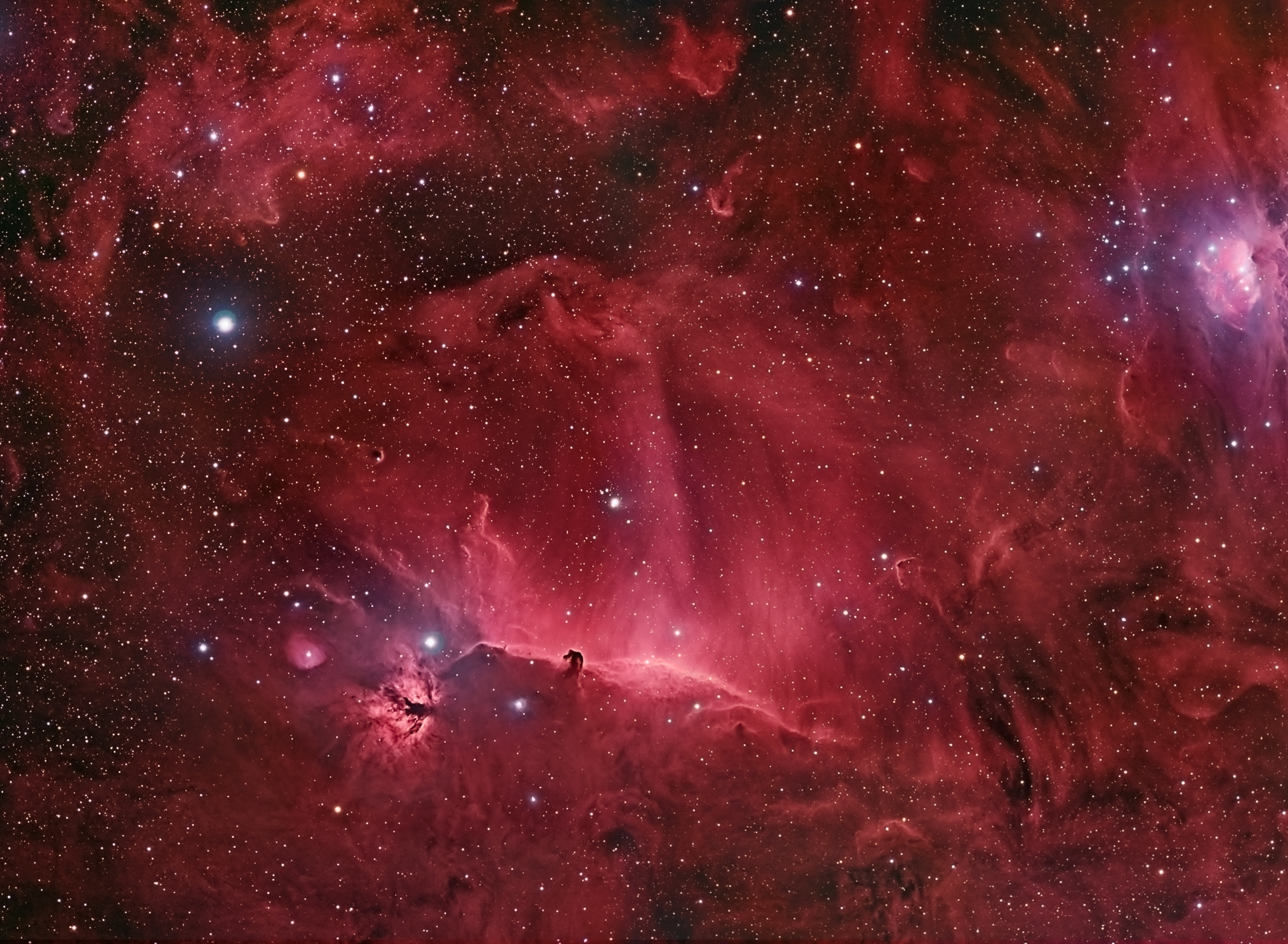Late spring and summer skies are dominated by the big constellation
Virgo, the Maiden. This grouping of stars is the second largest in the night sky (after Hydra), and includes the first magnitude star Spica, the double star system
Porrima, and the Virgo Cluster, a region of the universe that has 1000s of galaxies in one place. [More on the
Virgo Cluster and
Supercluster in a future post]
 |
| The Constellation Virgo |
A member of the 12-constellation zodiac,
Virgo is directly in the path of the Moon, Sun and planets and consequently is host to wandering celestial objects. Now and for the coming months, bright orange Mars is passing through the constellation en route to a mid-July rendezvous with Spica. In mythology, the constellation represents a woman in the sky, but the identity is different depending on whether you read the Babylonian, Roman or Greek interpretation. And in any case, I find it quite difficult to see a distinctive pattern from the stars in Virgo. Nonetheless, it is a fascinating place in the sky, because it contains the Virgo Cluster of galaxies with notable telescope objects such as M86 and M87 and the magnificent Sombrero Galaxy.
Virgo occupies an interesting space in the sky, the First Point of Libra, a place where the Ecliptic (path of the planets and Moon) crosses the Celestial Equator (dividing line between the northern and southern hemispheres in the heavens). The Sun's arrival at the First Point of Libra marks the first day of Autumn in the northern hemisphere (Autumnal Equinox). The reason why this spot is called the First Point of Libra is that thousands of years ago the intersection of the Ecliptic and Celestial Equator was in the constellation Libra, but the effects of
precession have moved that point from Libra to Virgo, and in 400 years that will move into the next zodiac constellation, Leo.
From city limits you can certainly find Spica, Porrima and for the next few months, brilliant orange Mars in Virgo. With binoculars you can gaze into the heart of the Virgo Cluster and although you won't see
The Big Picture with 1000s of galaxies, you will certainly see a richness of stars and know that you are seeing light that is at the center of our own supercluster of galaxies that define our corner of the universe.
Images courtesy of Wikimedia Commons












